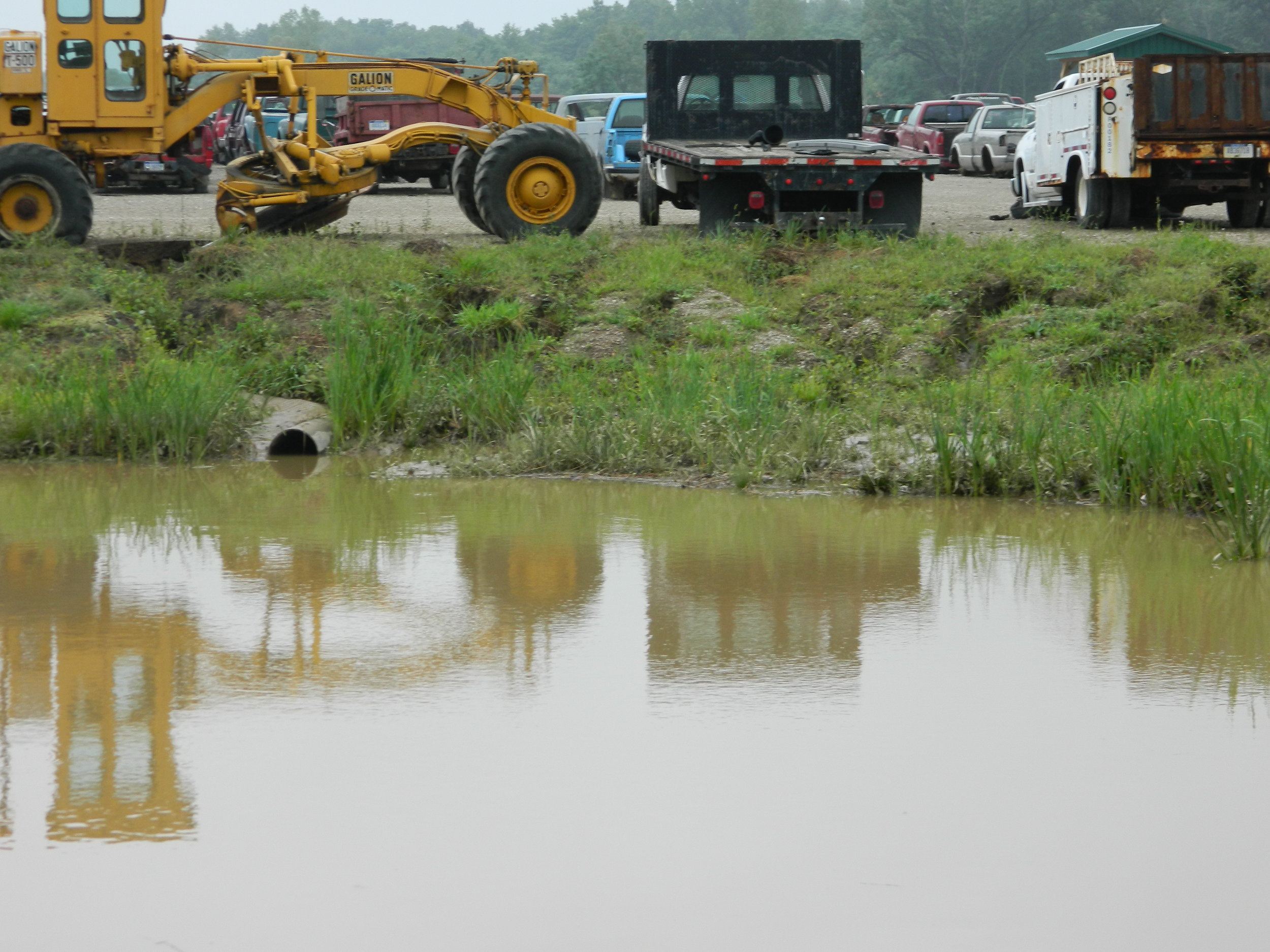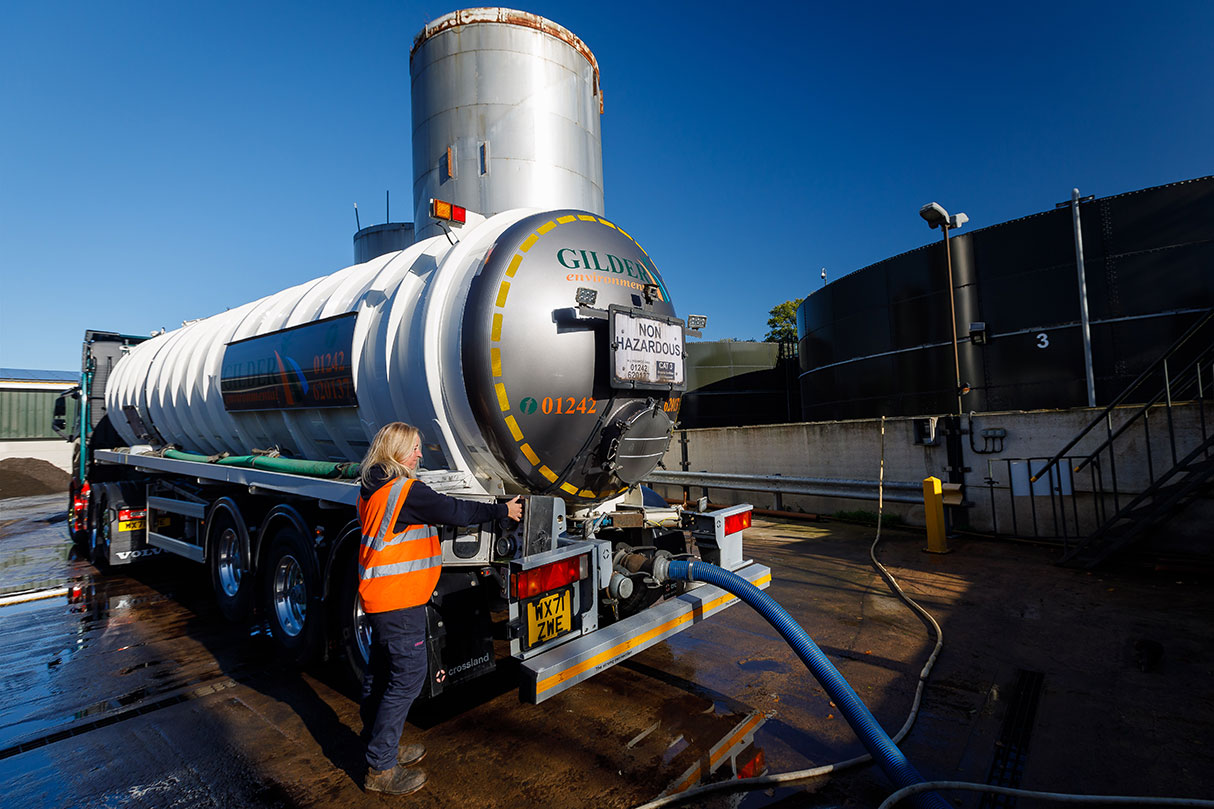Exactly How Fluid Garbage Disposal Works: An In-depth Introduction of Strategies and Technologies Utilized

Summary of Fluid Waste Kind
The intricacy of liquid waste kinds requires a complete understanding of their features and ramifications for disposal. Liquid waste can generally be classified into a number of kinds, consisting of commercial, municipal, agricultural, and unsafe waste. Each category exhibits unique buildings, calling for certain management techniques to minimize environmental and health risks.
Industrial fluid waste stems from manufacturing procedures and frequently contains an array of pollutants, such as heavy metals, solvents, and organic compounds. Community fluid waste, largely comprising wastewater from homes and industrial establishments, has organic issue, nutrients, and virus (industrial wastewater treatment). Agricultural fluid waste, consisting of runoff from ranches, might have fertilizers, chemicals, and pet waste, positioning risks to water top quality and ecological communities
Hazardous liquid waste is defined by its poisoning, reactivity, or possible to cause harm. Recognizing these diverse fluid waste types is vital for developing effective disposal approaches and making certain conformity with ecological laws.
Physical Therapy Techniques

Testing is the preliminary step, where bigger fragments and debris are removed from the fluid waste using displays or grates. In sedimentation tanks, larger bits work out at the base, developing a sludge layer, while the clarified liquid can be additional treated.
Purification is another vital method that involves passing the fluid through permeable materials, such as sand or membranes, to capture smaller sized particles. This action boosts the high quality of the liquid, making it suitable for subsequent treatment processes.

Chemical Treatment Techniques
Chemical therapy techniques are essential for effectively managing liquid waste, particularly in dealing with liquified and colloidal pollutants that physical approaches might not properly get rid of. These methods use numerous chemical representatives to counteract, precipitate, or change dangerous compounds into less unsafe kinds.
One common approach is coagulation and flocculation, where chemicals such as alum or ferric chloride are contributed to promote the gathering of suspended bits. This procedure boosts sedimentation, permitting much easier elimination of the resulting sludge. Additionally, oxidation processes, employing agents like chlorine or ozone, are employed to break down intricate natural compounds and virus, making the waste much safer for discharge or additional treatment.
Neutralization is one more essential strategy, which adjusts the pH of acidic or alkaline waste streams to neutral degrees, stopping possible damage to downstream systems and the atmosphere. In addition, advanced oxidation processes (AOPs) use combinations of oxidants and ultraviolet light to degrade persistent toxins, accomplishing a greater level of therapy effectiveness.
Organic Therapy Procedures
Biological treatment processes play a industrial wastewater treatment critical duty in the management of fluid waste by utilizing microbes to decompose raw material and lower impurity degrees. These procedures can be generally classified right into cardiovascular and anaerobic therapies, each employing specific microbial neighborhoods to achieve reliable waste deterioration.
Cardio treatment includes making use of oxygen to promote the break down of organic materials by bacteria. This process is frequently applied in triggered sludge systems, where aeration storage tanks give a favorable environment for microbial development, bring about the oxidation of organic contaminants. The resultant biomass can be divided Visit Your URL from dealt with effluent via sedimentation.
In contrast, anaerobic therapy happens in the absence of oxygen, counting on various germs to damage down raw material. This method is especially advantageous for high-strength waste, as it generates biogas, a renewable power resource, while lowering sludge manufacturing. Technologies such as anaerobic digesters are frequently used in commercial and municipal applications.
Both anaerobic and cardiovascular organic therapies not just minimize the environmental influence of fluid waste yet additionally assist in source healing, making them crucial elements of lasting waste administration techniques. Their adaptability, effectiveness, and efficiency sustain their prevalent execution throughout different fields.
Emerging Technologies in Disposal
Ingenious approaches to liquid waste disposal are rapidly evolving, driven by improvements in modern technology and a boosting focus on sustainability. Amongst these arising innovations, membrane bioreactors (MBRs) have actually gained grip for their ability to incorporate biological therapy with membrane purification, leading to high-grade effluent that can be recycled in various applications. MBRs make it possible for smaller impacts and much more efficient procedures compared to traditional systems.
An additional promising advancement is making use of anaerobic digestion integrated with nutrient recovery modern technologies, which not just treats liquid waste but likewise produces biogas and recovers useful nutrients like nitrogen and phosphorus. This twin benefit improves source performance and minimizes ecological impact.
Additionally, progressed oxidation processes (AOPs) are being embraced for the deterioration of complex organic toxins. These approaches make use of powerful oxidants and catalysts to damage down impurities at the molecular level, offering an extremely reliable remedy for tough waste streams.
In addition, the integration of fabricated intelligence and device understanding in waste management systems is maximizing operational performance and predictive maintenance, causing lowered costs and enhanced ecological compliance. These technologies show a considerable change towards even more effective and this content sustainable fluid waste disposal methods.
Verdict
In conclusion, reliable liquid waste disposal demands a detailed understanding of numerous techniques and innovations. By constantly advancing these methods, it comes to be possible to deal with the expanding difficulties connected with liquid waste, ultimately adding to ecological protection and source healing.
Liquid waste disposal is a vital element of ecological management, calling for a comprehensive understanding of numerous strategies and modern technologies customized to various waste types. Liquid waste can broadly be categorized right into numerous kinds, consisting of industrial, community, farming, and unsafe waste. Agricultural liquid waste, including drainage from farms, might have plant foods, chemicals, and animal waste, posing risks to water quality and ecological communities.
Various physical therapy approaches play a vital function in taking care of liquid waste efficiently - industrial wastewater treatment.In conclusion, reliable liquid waste disposal necessitates a comprehensive understanding of numerous strategies and technologies